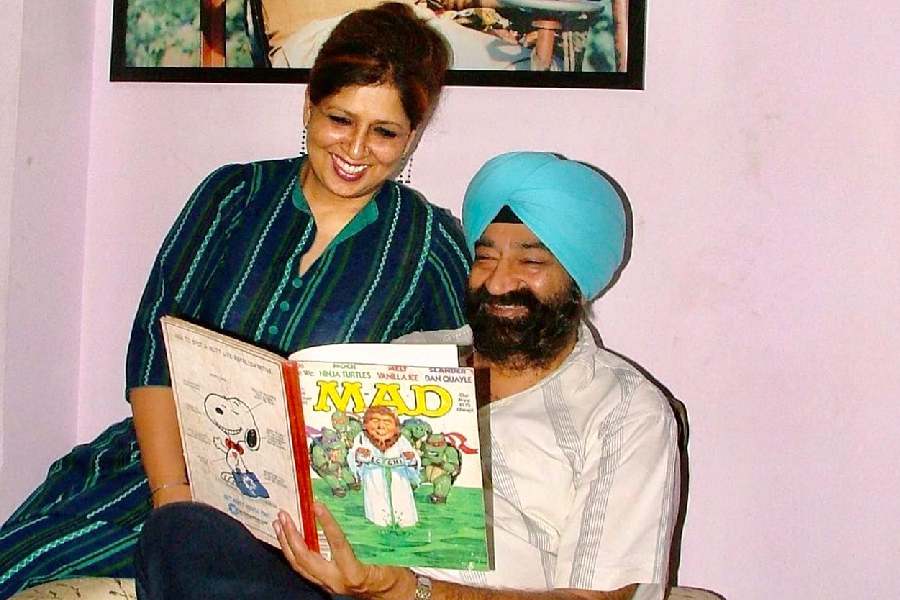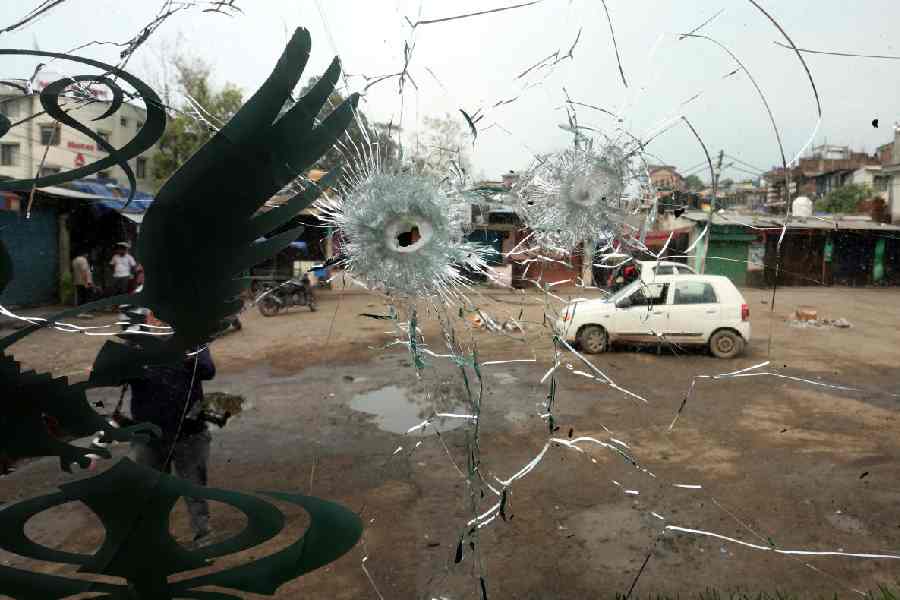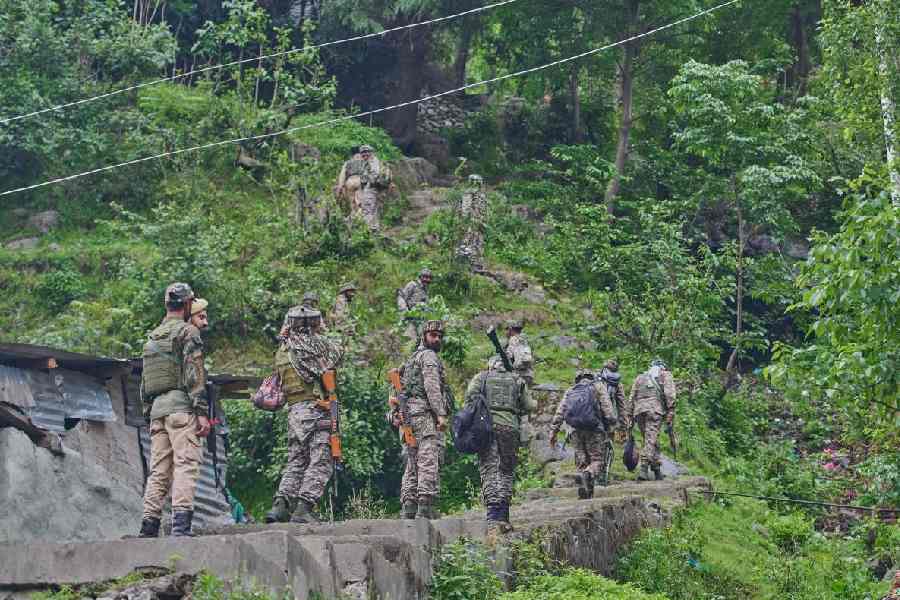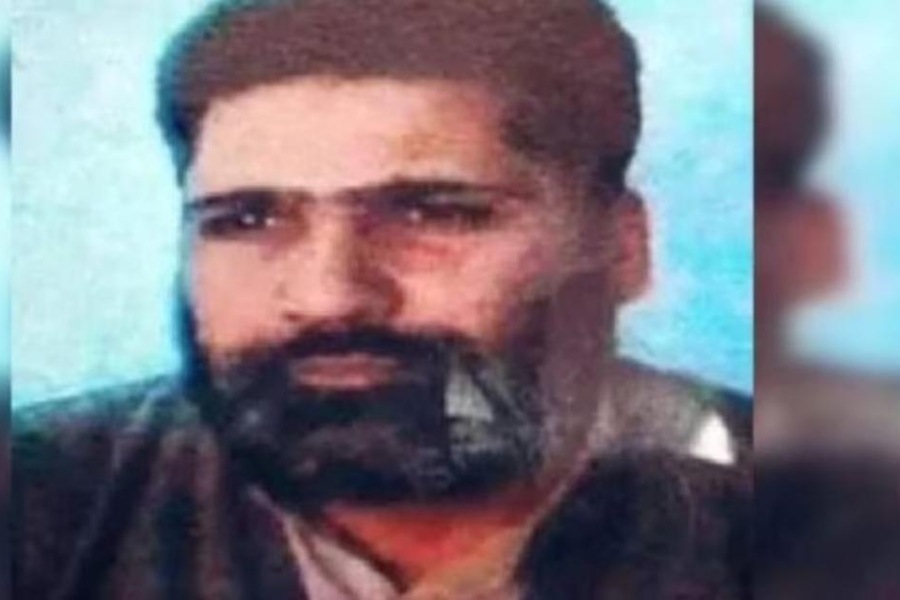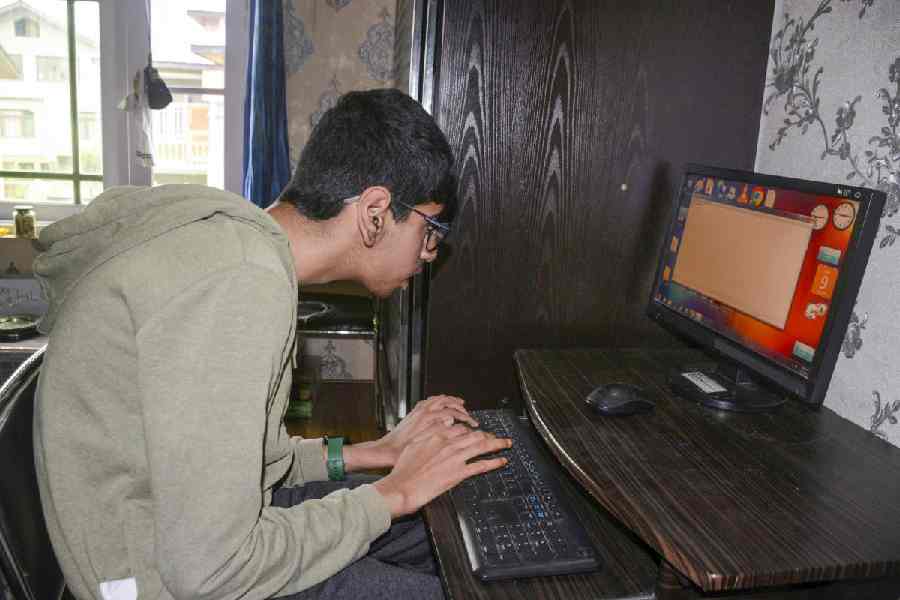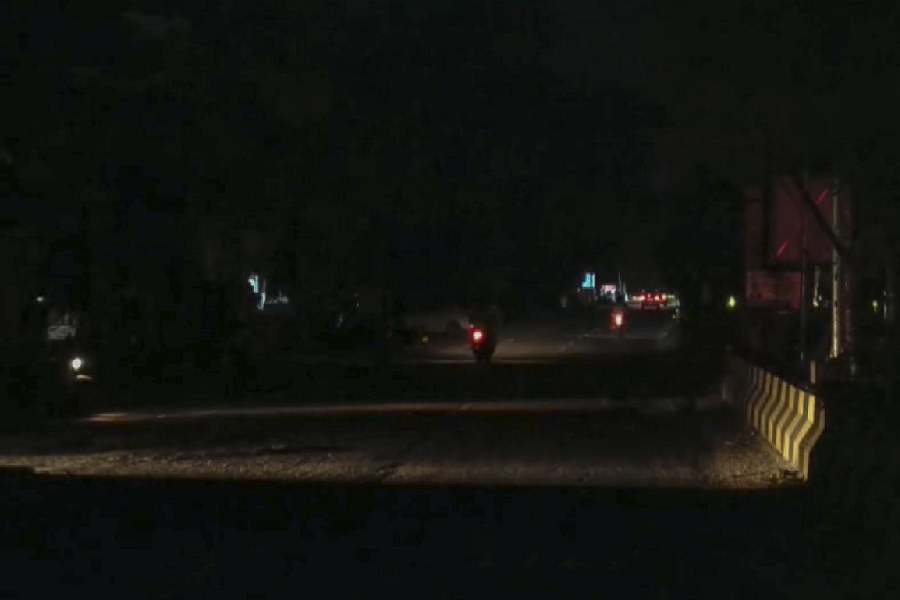 |
| File picture of a dam |
The controversy over the proposal to construct a dam continues to rage in Manipur
lThe author is an independent writer and environment activist based in Imphal
The proposal to construct a 162.5- metre-high rock-filled earthen dam on the Barak river, near Tipaimukh village in Manipur’s Churachandpur district, to produce an estimated 1,500 MW electric power has kicked up a furore in the state. The Zeliangrong community in Tamenglong district is steadfast in its opposition to the proposal, saying that the dam would destroy nearly 275.5 square km of agricultural and settlement land. Environmentalists in the state have also opposed the dam proposal, saying it would result in a massive ecological and environmental disaster. The debate goes on.
The executive summary of the working paper for the World Commission on Dams (July 31-August 1, 1999) had noted: “The acceptance by national governments and the dam-building industry of the principle of free, prior and informed consent provides the main means by which the currently adverse relationship between them and Indigenous Peoples and Ethnic Minorities could be transformed... Acceptance of the principle of free, prior and informed consent, would mean that, in future, dam-building would not go ahead without the affected communities being assured that they would benefit from the planned schemes....”
In a memorandum submitted by indigenous people of Manipur, represented by the Committee Against Tipaimukh Dam, Naga Women’s Union, Manipur, Naga People’s Movement for Human Rights, United Naga Council and the All Naga Students’ Association Manipur, to the Union minister of power and water resources, in October 2002, and in a more recent one submitted to Prime Minister Atal Bihari Vajpayee on September 19, 2003, the sentiment of the WCD working paper is amply reflected:
“The proposed project authorities are not taking the people into consideration while formulating the project, indicating complete lack of sensitivity and respect to the needs and aspirations of the people. The construction of the dam will submerge many sacred sites and cultivable land, which forms the inalienable parts of the people’s cultural heritage. The construction of the dam will submerge 18 Zeliangrong Naga villages and submerge the cultivable lands of more than 55 villages which are likely to affect a population of approximately 40,000....”
The memorandum further points out that, “Our focus is whether the people’s prior informed consent has been sought to go ahead with the proposed Tipaimukh dam. We have sternly opposed the clearance for construction... and have continued with our demands for a transparent Environment Impact Assessment (EIA) report and the various other feasibility reports....”
It is against the backdrop of this argument that we may take a quick look at what scientists have to say about the ongoing Tehri dam, which by characteristics is said to be similar in form and structure with the proposed Tipaimukh dam. “Tehri dam, which is nearing completion, would affect 6,034 hectares of prime agricultural land and 3,663 hectares of forests besides increasing the incidence of waterborne diseases in the region and causing local climate changes. Scientists at the Indian Institute of Remote Sensing in Dehra Dun predict that the reservoir in the upper catchment of the Ganga would directly affect 2,687 hectares of agricultural land and another 3,347 hectares around the reservoir rim would be rendered unfit for cultivation....”
So, where do we move from here. Towards an objective, unbiased study of the future of large dams or a stalemate in developmental process? But given the current procedure of procuring of environmental clearance for major developmental projects by the government, we may have little to say of the objectivity of the project proponents. For instance, take the case of the Loktak Hydroelectric Power Project in Manipur’s Bishnupur district. The project utilises the water of the Loktak lake to generate electricity. But in the process of constructing the hydel project, the project proponents had not cared to do a proper EIA nor were they concerned to develop a foolproof rehabilitation & resettlement package for the people to be displaced by the project.
According to the case proceeding of the petition filed by the Loktak Project Affected Areas Action Committee in the Gauhati High Court (civil rule number 32 of 1994), the petitioner notes that “as the damages (damage) caused to the paddy fields of the petitioners and villagers in the periphery of the Loktak lake remained uncontrollable, some members of the Manipur Legislative Assembly questioned about the extent of the submersion of the paddy fields and other villages, the Government of Manipur informed the House that more than 50,000 hectares of paddy fields have been seriously affected by prolonged inundation. This has arisen out of the construction of barrage at Ithai for maintaining a continuous level of water for the purpose of generation of electric energy by respondent number one (NHPC). Thus, the paddy fields became unfit for cultivation. The respondents are fully aware of the damage caused to the petitioners and their paddy fields on the periphery of Loktak lake. But in spite of such colossal damage to the petitioners, the respondents did not take any action to prevent such a damage or to rehabilitate the petitioners and villages who have been seriously affected by the project....”
Here lies the crux of the matter. The focus of debate from the point of whether major development projects are welcome or not, the core focus now is on the long-term impact of such major developmental projects. Impacts on both the human population and the environment need now to be analysed in depth. Dam proponents say that dams are needed to produce electric energy in order to speed up development. Anti-dam lobbyists say that big dams induce major ecological and environmental changes, which in the long-run could create problems that are social, economic, political, cultural and scientific in nature.
The question then is — are big dams needed? Especially, in a biological diversity-sensitive region like the Northeast. The Union government has a vision of producing an estimated 64,000 to 80,000 megawatt of electric power from the region to back up the national power grid. When we gauge the fact that the Northeast as a whole requires only about a 1,000 MW power in peak load hour, then it is clear that the government’s motive is only to earn revenue by selling the surplus electric power produced from the region to consumers outside the region. When Manipur’s peak load hour power requirement is only around 110 MW, why does the state need the 1,500 MW Tipaimukh dam? It gets around 33-36 MW power from the Loktak project. The Leimakhong Heavy Fuel Power Plant is expected to generate 36 MW power. Another 30-35 MW power will come from the 90 MW Loktak downstream hydroelectric project. The Khuga and Mapithel river projects have also provision of generating electric power. There are then a few diesel-operated power plants. There is also proposal of setting up micro-hydel power plants in Irang, Jiri-Makru rivers and Dailong in Tamenglong district, and in Maklang, Sanalok rivers in Ukhrul district. That should take care of the state’s power requirement. Why then Tipaimukh?
The government may say that the surplus power generated from Tipaimukh dam will be sold to earn revenue. All right. But who is going to earn the revenue? Not the state government. That is obvious. The revenue will go to the North Eastern Electric Power Corporation, similarly as the revenue earned from Loktak project goes to the National Hydroelectric Power Corporation.
At the same time, the state has been spending crores of rupees annually to pay for electric power produced by the Loktak project. The state had also spent a huge amount to fund the Loktak Development Authority whose one primary objective is to provide enough water storage capacity in the lake for the Loktak project. Where, then, is the rationale?
One issue for argument is that the state should not make the Tipaimukh dam another case story similar to the Loktak project. This, inherently, is reflected in the concluding remarks of the WCD executive summary: “We have ... demonstrated that the future for water and energy resources development lies with participatory decision-making, using a rights-and-risks approach that will raise the importance of the social and environmental dimensions of dams to a level once reserved for the economic dimension”.


